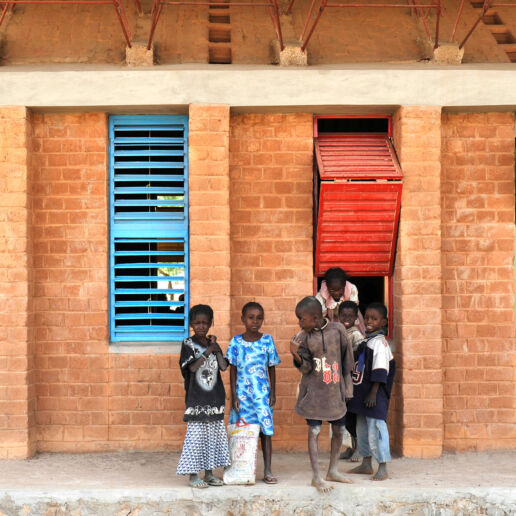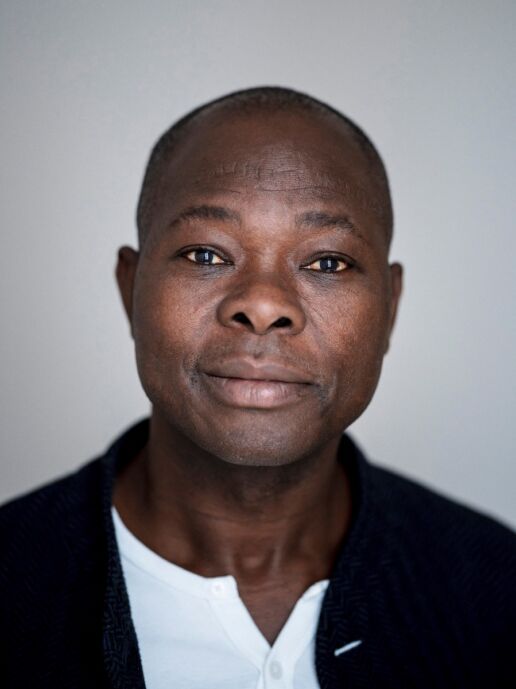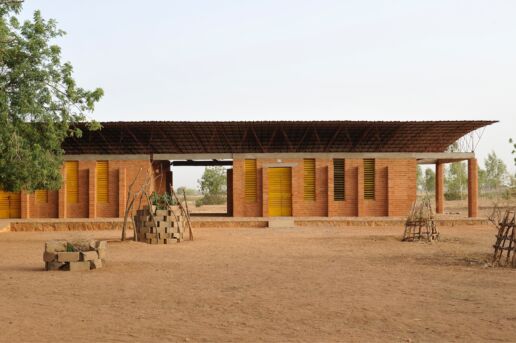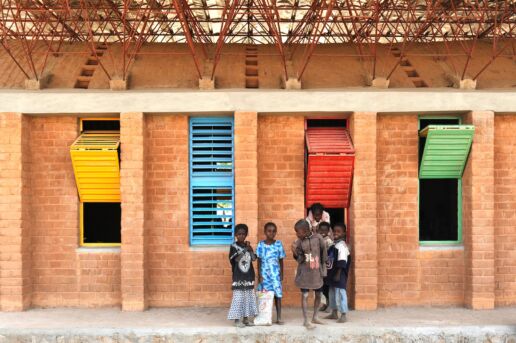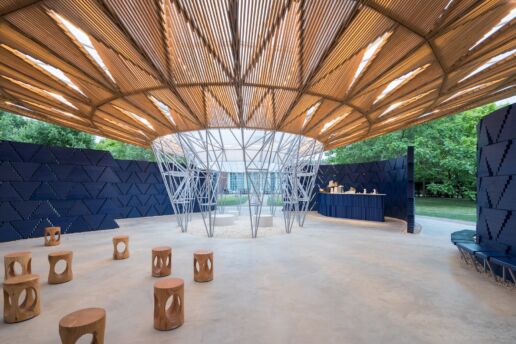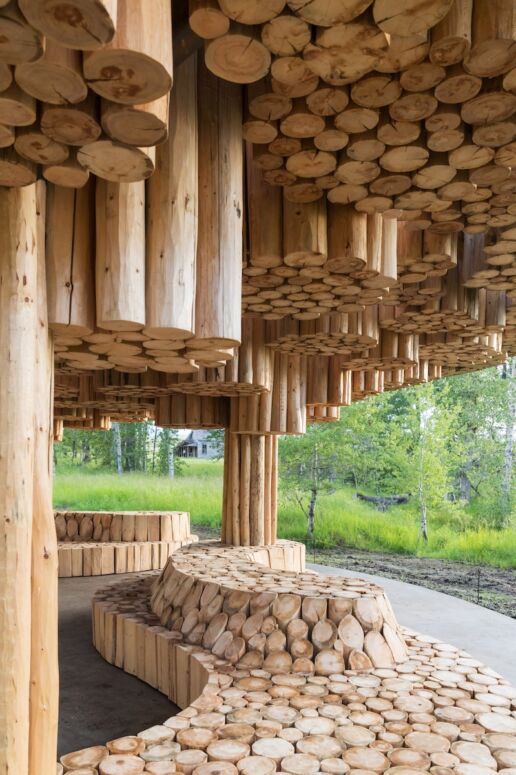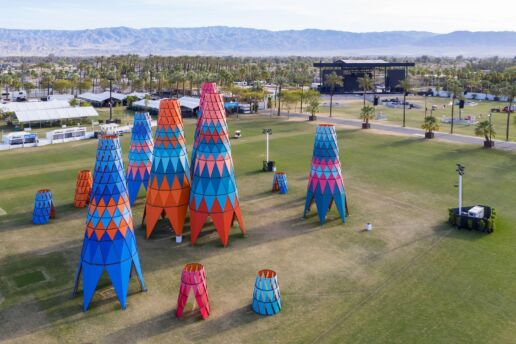THE ARCHITECT OF SUSTAINABLE PROJECTS: DIEBEDO FRANCIS KERE
“Everyone deserves quality, everyone deserves luxury, and everyone deserves comfort. We are interlinked and issues of climate, democracy and scarcity are concerns for us all.”-Diebedo Francis Kere
Last year, the African architect Diebedo Francis Kere was awarded the Priztker Prize, regarded as the Nobel Prize of architecture. Born in 1965 in Gando, Burkina Faso, the architect is also a scholar and social activist. He has been based in Berlin since 1985. Kere completed his first project, Gando Primary School, while still studying at Berlin Technical University. This project brought him the Aga Khan Architecture Award in 2004. The acclaimed architect uses light as a poetic element in his work, but more importantly, he focuses on achieving the best results with local materials such as clay and wood. The influences of his hometown Gando are easily noticed in the design projects outside of Africa too. In Burkina Faso, locals traditionally gather in the shade of large trees to socialize or celebrate to avoid the heat and this has been a tremendous inspiration for Kere. Although most of Kere’s projects, including hospitals, schools and opera houses, are in African countries such as Mali, Togo, Kenya, Sudan and Mozambique, his pavilions and installations have been featured in various biennials and festivals in Denmark, Switzerland, Germany, Italy, the UK and the USA. Some of his most appreciated creations include the Serpentine Pavilion (2017), his Coachella Festival installation (2019), and the “Xylem” (2019) he constructed for the Tippet Rise Art Center in Montana. Kere’s structures give hope about the transition to sustainable and environmentally friendly materials and methods and that meeting regional needs without compromising aesthetics is possible. Included in Time Magazine’s TIME100: The Most Influential People of 2022, Kere continues to give lectures as a visiting professor at universities such as Harvard and Yale and appears in solo and group exhibitions.
Every March sees the announcement of the winners of the Pritzker Prize, which focuses on architectural approaches rather than a specific building. Considering Diebedo Francis Kere was the winner of 2022, who do you think will win this year?


